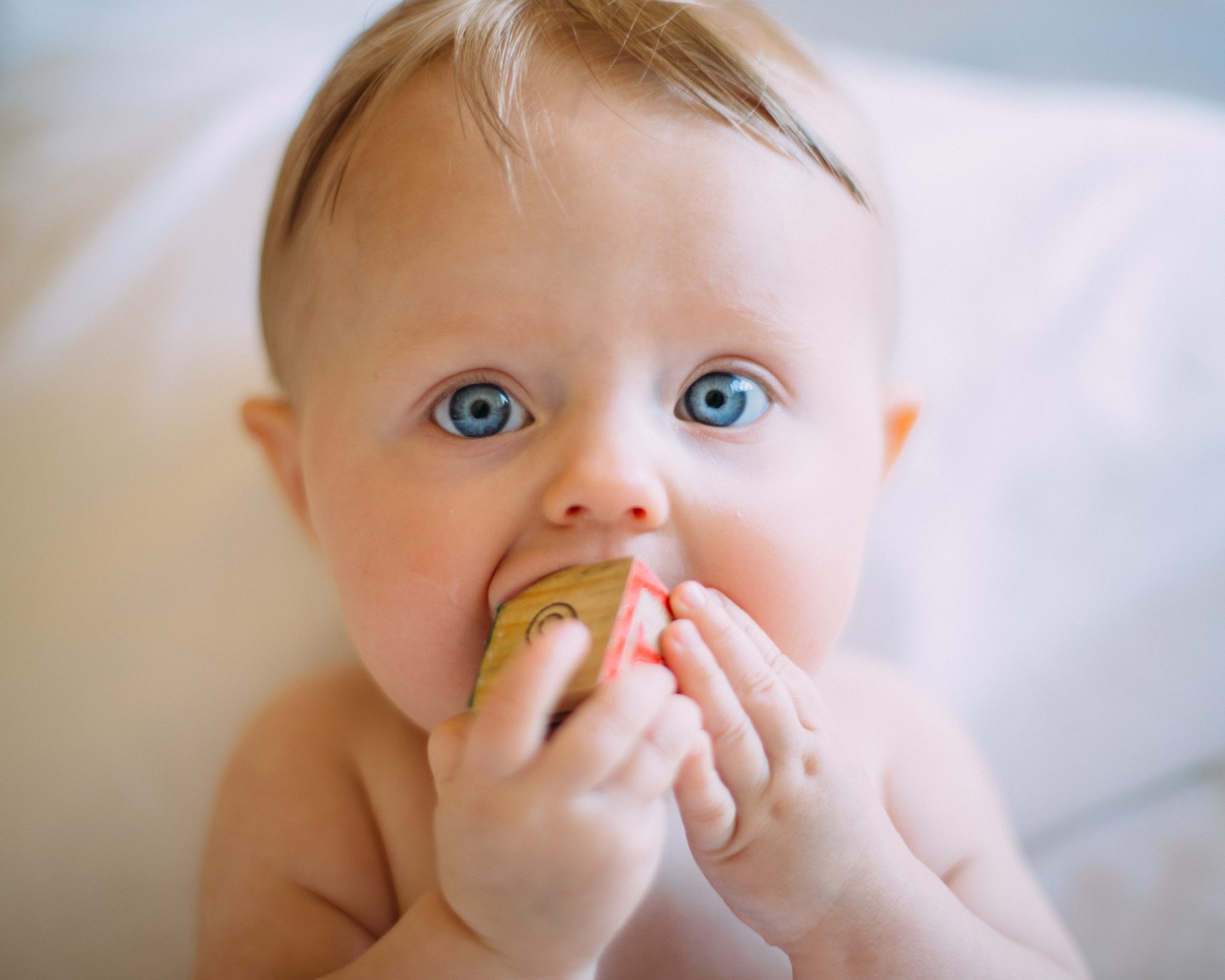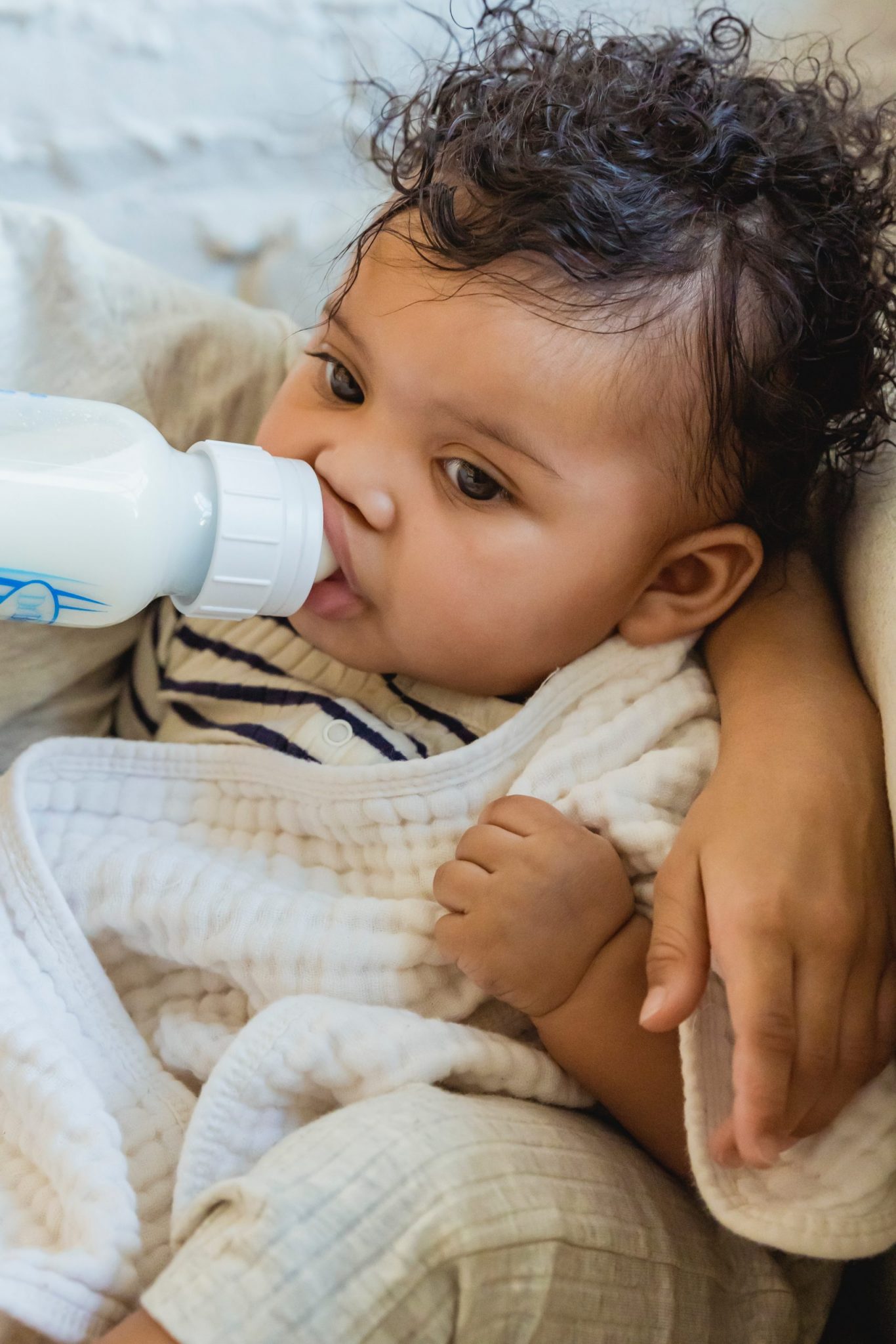Let’s talk about baby poop! Baby poop is a source of worry and anxiety for just about parents. Usually, parents use poop as the ultimate measure of how well their infant is doing. Due to that, they pay excessive attention to baby poop color and baby poop texture as well as frequency. The slightest changes observed can lead to obsessive googling and excessive stress.
It is not uncommon for your baby’s poop to vary considerably as they grow. One of the main reasons behind that is their diet. In their early days, babies follow a simple diet. The slightest changes to their diet (or the mother) will instantly have an effect on their digestive system. And this is visible in their poop – pattern, shades, and frequency.
We have talked to a few parents and some have been outright paranoid about their baby’s pooping habits. This article will break down the various colors that baby poop can come in and discuss what it means. We will also talk about textures and pooping frequency. This guide should help relieve you of all the stress and worry about your baby’s poop.
Baby Poop Color and What It Means
Newborn Poop
Your baby’s very first poop after birth will be quite dark, either black or dark green, in color. It is also called meconium and it is quite sticky and cleaning it up is more difficult. This is completely normal. Newborns usually have no problems passing stool. You can expect meconium to be out of their system in 24 to 48 hours after birth. If your infant does not poop in the first 24 hours after birth, do consider reaching out to your pediatrician.
Transitional Poop
The period of time during which your baby moves from meconium to milk stool is called transitional poop. This period lasts up to a week after birth. You will notice that the dark and sticky poop will slowly shift to looser, thinner, and lighter green-brown. The next stage is milk stool and most parents find that one the most confusing.
Milk Stool
After a week, your baby’s poop should remain pretty consistent with slight variation. Meconium will no longer be in their body. Now depending on whether you are breastfeeding or using formula, you can expect a pretty regular pattern of stool. For breastfed babies, their poop is usually golden or mustard yellow. However, the color can also take on shades of orange and green. It will be loose and soft with only a mild odor.
If your baby is on formula, then their boob will be more solid. Its color will range from tan to brown. For mothers who combine both breastmilk and formula, their baby’s poop texture and color will be a combination of breastmilk stool and formula stool.
Why are there seeds in my baby’s poop?
This is a common question that new mothers google a lot. What appears to be “seeds” is in fact, just curdled milk. These small balls of curdled milk can appear as seeds to most parents. For breastfed babies, these seeds are bits of undigested milk fat. Seeds in baby’s poop are not normal if your baby is on formula. This can usually be an indication of an illness, food allergy, or indigestion.
Why Is My Baby Not Pooping
This is a common question amongst new parents. Some parents report that their infant has not pooped for three days. In breastfed infants, this is not a sign of trouble. Since breastmilk is easy to digest, there isn’t a lot of waste left over. No, your baby is not sick or ill. They just don’t have any waste to pass out from their diet of breastmilk. Another thing to consider is that breastmilk also helps prevent diarrhea.
Baby Poop Color Range
Baby poop comes in a variety of colors. Chances are you will see your baby’s poop in every shade of the color spectrum. Here is what every color means and whether you should be worried or not.
Normal Baby Poop Color
- Mustard Yellow – This color is common for breastfed infants.
- Greenish Brown – This color is common for infants who consume both breastmilk and formula.
- Brown and/or Orange – This color is common after the introduction of solids.
- Dark Green – This color is common in an infant’s early days. It is a combination of meconium and milk stool.
- Black – This color is ONLY common in the first few days after birth.
Indicative of a Problem
- Red Speckles – This is usually indicative of food allergies or sensitivities. It can also be a sign of bleeding caused by anal fissures or hemorrhoids.
- Bright Green – This color indicates the presence of an infection. You will also notice a slimy texture.
Call Your Doctor
- White or Gray – This is a sign that your baby’s gallbladder or liver is not working properly.
- Red – This indicates that your baby’s bowel movements have blood owing to an intestinal infection.
- Black – If baby’s poop is black after the meconium period, it is a sign of internal bleeding.
Baby Poop Frequency
It can be hard figuring out what is normal and what is not at first. Most new parents will find themselves struggling to understand their baby’s bowel movements. You can expect your baby to poop once or twice a day in the first few days. However, this number will go up substantially. It can reach up to 10 times a day in the following weeks after birth. Sometimes babies poop after every feeding.
After the age of 6-8 weeks, you can expect bowel movements to reduce. You might even notice that your baby can go a whole day without pooping. Don’t be surprised if your baby poops once a week even. Formula-fed babies poop more frequently. This is only because formula is denser than breastmilk and also less absorbable. Hence, it produces more waste.
You should know that texture and color is more important than frequency. Frequency is not a sign of constipation; texture is. If the frequency is low but the texture and color is normal, then you have nothing to worry about.
Baby Poop Texture
There are three particular baby poop textures you should look out for: constipation, diarrhea and explosive diarrhea. A good measure of whether your baby is constipated or not is to check if your baby’s poop is pebbly or has a consistency thicker than peanut butter. This is a sign that your baby is dehydrated and not receiving enough liquids. This can also be a sign that your baby is losing liquids owing to an illness.
Very frequent and loose stool is a sign of diarrhea. This can quickly become a problem if not addressed. Your baby will lose a lot of liquids, which can also lead to a host of other problems. It is also usually indicative of an infection.
Explosive diarrhea in babies is a red flag. You need to call your doctor right away. If you frequently observe mucus, froth or water in your baby’s poop or if you notice that your baby is exerting themselves when passing stool, call your doctor.










